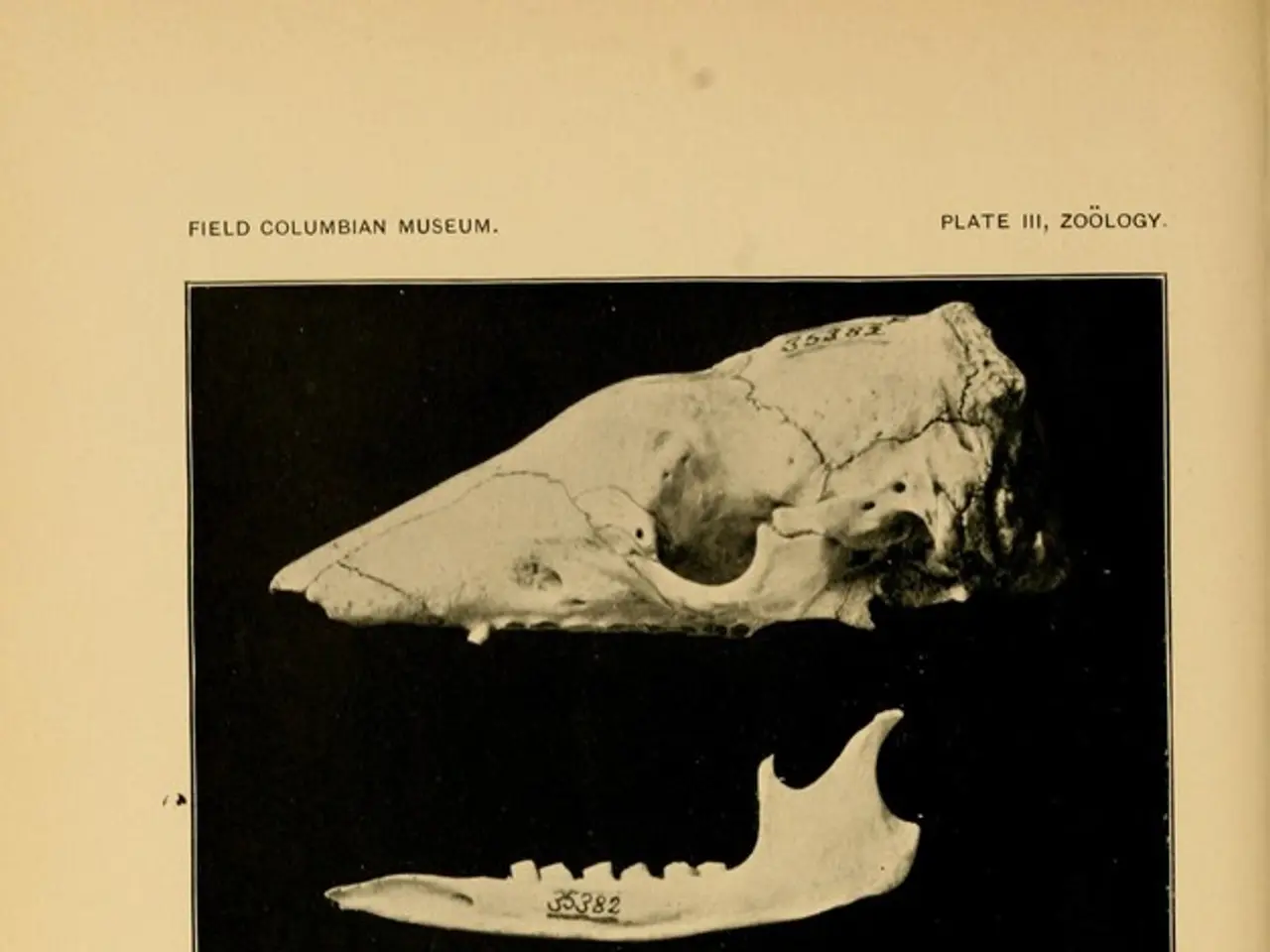Research Finds Pivotal Moment in Human Accelerated Aging Identified
The human aorta, the largest artery in our bodies, plays a crucial role in distributing oxygen-rich blood from the heart to the rest of the system. A groundbreaking study by the Beijing Institute of Genomics has shed new light on the aging process, revealing that a critical biological inflection point occurs between the ages of 45 and 55, marking a significant acceleration in the body's aging process.
In this comprehensive study, researchers analysed over 12,700 proteins across 13 tissues from 76 donors aged 14 to 68. The findings suggest that rather than aging progressively, the body undergoes a sharp decline starting in midlife. The aorta, in particular, triggers a "molecular cascade storm" around this age range, disrupting blood flow and releasing aging-related proteins (senoproteins) that accelerate systemic deterioration across organs.
Key findings from the study include:
- The aging process is orchestrated by the vascular system, with a particular focus on the aorta.
- The body’s internal protein architecture dramatically reshapes between ages 45 and 55, rather than aging gradually.
- Senoproteins like GAS6 from aging arteries can induce rapid functional decline when introduced experimentally in middle-aged mice.
This research indicates that midlife, around age 50, within the 45–55 range, is a critical tipping point where rapid multi-organ aging initiates. The study found that protein changes in the aorta were more dramatic than in any other tissue studied.
The first organ to show signs of collapse, according to the study, is the heart, specifically the aorta. When the aorta begins to break down, it sets off a domino effect that affects every organ and tissue relying on a steady supply of oxygen and nutrients.
The same damaging proteins appeared simultaneously in the blood, suggesting that the aorta may serve as the command center that broadcasts aging signals throughout the body. Dr. Liu, one of the study's lead researchers, stated that the aortic proteome is reshaped most dramatically.
The study is being praised as a step toward proactive medicine, transforming it from a reactive, disease-focused model to a proactive, health-focused one. Dr. Manisha Parulekar, chief of the Division of Geriatrics at Hackensack University Medical Center, applauded the paper as a significant step towards more proactive medicine.
In conclusion, this research offers valuable insights into the aging process and the role of the aorta in triggering rapid multi-organ aging. As we continue to understand the intricacies of aging, we can work towards developing strategies to slow down the aging process and promote overall health and well-being.
- Science has shown that the aging process is orchestrated by the vascular system, particularly the aorta, which plays a significant role in triggering rapid multi-organ aging around midlife (age 50).
- This study highlights the importance of mental health in the context of aging, as the aorta, undergoing a "molecular cascade storm" in midlife, can induce functional decline, especially in cardiovascular health.
- In the pursuit of health and wellness, understanding the role of the aorta in accelerating aging could lead to proactive strategies focused on maintaining mental health and overall cardiovascular health as we age.




